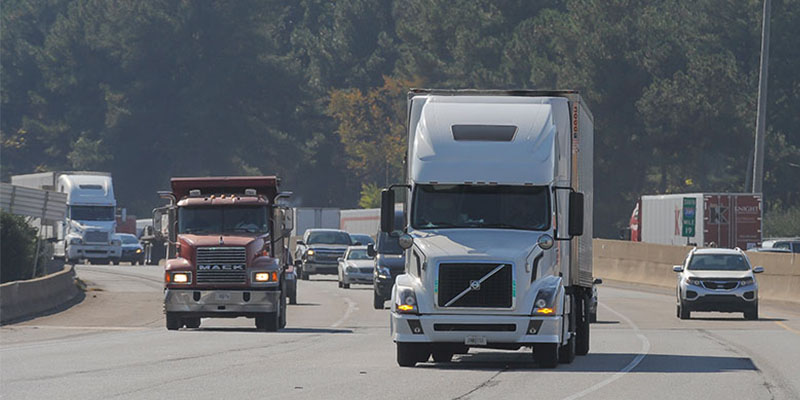
State Regulations and the Trucking Industry
Regulations in the trucking industry are some of the most important aspects of hauling freight, but they can also be some of the most frustrating. This is especially true for drivers who service different states along a route or for OTR drivers who regularly traverse the country. Different states have different regulations, and trying to keep up with all of them to remain in compliance requires attention to detail, research and a team to coordinate each run.
Federal vs. State
Before looking at how state regulations can affect trucking professionals, it’s first important to draw a distinction between federal regulations and state regulations. Federal regulations are set by the Department of Transportation (DOT) under the Federal Motor Carrier Safety Administration (FMCSA). These are regulations that pertain to safety on the nation’s highways, applying to interstates and other federal roadways as well as state highways and smaller roads.
States can also impose regulations and pass laws that pertain specifically to drivers utilizing the roadways in the particular state. Unlike federal regulations, state regulations do not extend beyond the borders of the state, but as soon as a truck enters the border of a state, the driver is subject to that state’s regulations and laws unless and until they exit.
Why It’s Important to Know a State’s Regulations
Knowing and following the regulations and transportation laws of the state in which you’re driving is important because failure to follow these regulations and laws could result in legal penalties. In some cases, a charge of negligence could be issued against a driver who fails to follow a state’s regulations. Additionally, fines and fees could be levied against a driver who fails to comply.
Working as a Team
Trucking industry professionals are advised to work together as a team to ensure that everyone is aware of the regulations of a state before freight is sent to or through it. Logistics managers should consider researching regulations of states where a carrier regularly travels and compiling a checklist of important regulations. This checklist can be provided to each driver before a run to make sure the driver knows what to expect.
Additionally, training managers can include state-specific training for drivers to make them aware of their responsibilities. As some of the most visible representatives of the trucking industry, drivers need to set an example by knowing their responsibilities and following regulations while behind the wheel.

